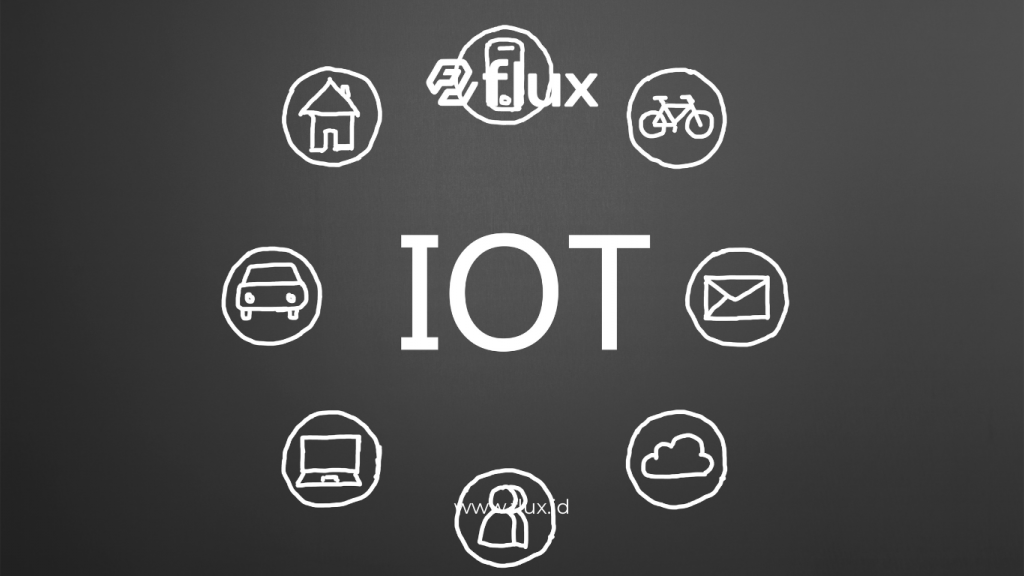Don't miss our holiday offer - 20% OFF!
In the current digital era, the application of Internet of Things (IoT) technology has expanded into various sectors, including finance. Financial Departments, responsible for managing regional budgets and finances, can leverage IoT sensors to enhance accuracy, security, and operational efficiency. This article will discuss how IoT sensors can positively impact Financial Departments, various relevant sensor types, and the benefits that can be gained from their implementation.
Contents
- 1 What Are IoT Sensors?
- 2 Why Do Financial Departments Need IoT Sensors?
- 3 Types of IoT Sensors Relevant to Financial Departments
- 4 Benefits of Implementing IoT Sensors in Financial Departments
- 5 Challenges in Implementing IoT Sensors
- 6 Solutions for Implementation Challenges
- 7 The Future of IoT Sensors in Financial Departments
- 8 Conclusion
What Are IoT Sensors?

Read More: IoT Sensors for Financial Departments: Enhancing Accuracy, Security, and Operational Efficiency
The Internet of Things (IoT) is a concept where various internet-connected devices and sensors communicate with each other to collect, transmit, and analyze data. IoT sensors are devices that detect changes in their environment, such as temperature, humidity, motion, and more, then send the data to a central system for analysis. In the financial sector, IoT sensors can be used to monitor assets, manage inventory, and detect and prevent security threats.
Why Do Financial Departments Need IoT Sensors?

Read More: How RFID Card Sensors Work: Enhancing Asset and Inventory Management in the Finance Department
- Improving Financial Data Accuracy
One of the main challenges faced by Financial Departments is maintaining data accuracy. Minor errors in data recording can lead to bigger issues, including miscalculation of budgets and inaccurate financial reports. By using IoT sensors, data collection processes can be automated, reducing the risk of human error. For example, sensors connected to the financial system can automatically record transactions, manage assets, and monitor resource usage more accurately.
- Enhancing Information Security
In addition to accuracy, data security is also a top priority for Financial Departments. IoT sensors can enhance security by providing real-time monitoring of access and activities in financial environments. For instance, motion sensors and IoT cameras can be used to monitor sensitive areas like vaults, servers, and archive rooms. If suspicious activity occurs, the IoT system will immediately alert security personnel. This system helps minimize the risk of data loss or hacking.
- Better Operational Efficiency
Operational efficiency is crucial for maintaining the performance of Financial Departments. Therefore, using IoT sensors can replace time-consuming manual processes with faster and more accurate automated systems. For example, IoT-based energy monitoring systems can be used to manage electricity usage in Financial Department offices, thus reducing operational costs. In addition, IoT-based monitoring also allows for the optimization of resource and equipment use, preventing waste.
Types of IoT Sensors Relevant to Financial Departments

- Environmental Sensors
To monitor the physical conditions in Financial Department offices, environmental sensors are highly beneficial. For instance, temperature and humidity sensors can help maintain ideal conditions for IT equipment and financial archives. These sensors can also help identify fire risks or other issues that could damage important data and assets.
- Motion Sensors and Cameras
IoT motion sensors and cameras can be strategically placed to detect suspicious activities. These sensors can be integrated with security systems to provide real-time alerts to security personnel. With 24/7 monitoring, Financial Departments can ensure better security for their assets and financial data.
- Asset Tracking Sensors
Using these sensors, Financial Departments can monitor assets in real-time, such as IT equipment, company vehicles, and more. With an automated tracking system, the finance department can easily determine the location and status of their assets. As a result, the risk of loss or theft can be minimized.
- Biometric Sensors
Biometric sensors, such as fingerprint scanners or facial recognition, can be used to control access to sensitive areas or data. Using this technology ensures that only authorized individuals can access certain information. Additionally, this step adds an extra layer of security for sensitive financial data.
Benefits of Implementing IoT Sensors in Financial Departments

- Reduction of Financial Risks
By improving data accuracy and security, Financial Departments can minimize the risk of errors and fraud. IoT sensors enable real-time monitoring and auditing of financial data, reducing the likelihood of undetected manipulation or mistakes. Consequently, financial integrity is better maintained.
- Data-Driven Decision Making
Data collected from IoT sensors provides deeper insights into daily operations and financial performance. Through this data analysis, decision-makers in Financial Departments can make faster and more accurate decisions based on empirical evidence. Therefore, strategic planning and resource allocation processes will be further strengthened.
- Increased Employee Productivity
Automating repetitive manual processes with IoT sensors allows Financial Department employees to focus on more strategic tasks. This not only improves efficiency but also enhances job satisfaction. As a result, employees can contribute more to value-added initiatives.
- Enhanced Transparency and Accountability
The use of IoT sensors also increases transparency and accountability in financial management. The data generated by the sensors can be accessed and audited at any time, meaning every transaction or change in the system can be clearly traced. Therefore, public trust in government financial management will increase.
Challenges in Implementing IoT Sensors

Read More: Optimizing Public Health with IoT Sensors: Innovative Solutions for Health Departments
While there are many benefits, implementing IoT sensors in Financial Departments also comes with challenges. Some of the main challenges include high initial costs for installation and sensor maintenance, as well as the need for adequate technological infrastructure. In addition, data protection is a major concern, as data collected by IoT sensors can become a target for hackers.
Solutions for Implementation Challenges
- Proper Budget Planning
To address the cost of implementing IoT, careful budget planning is required. Financial Departments can look for cost-effective solutions by selecting the right technology that fits their needs and operational scale.
- Employee Training
Providing training to employees on the use and maintenance of IoT sensors can help minimize errors in usage. With trained employees, technical problems can be identified and resolved more quickly.
- Strict Data Security
To protect data collected by IoT sensors, implementing strict security protocols is crucial. Using data encryption, multi-factor authentication, and firewalls can help protect information from cyber threats.
The Future of IoT Sensors in Financial Departments

Read More: IoT in Agriculture: Productivity and Sustainability
Looking ahead, the application of IoT sensors in Financial Departments is predicted to continue growing along with technological advancements. The ability to integrate data from various sources will enable more comprehensive analysis and faster decision-making. Furthermore, developments in AI and machine learning technology will further enhance the capabilities of IoT sensors. These sensors will provide more accurate predictions and smarter solutions in financial management.
Conclusion
The use of IoT sensors in Financial Departments offers various benefits, including improved data accuracy, information security, and operational efficiency. Although there are challenges in its implementation, the right solutions can help overcome these obstacles. By implementing IoT sensors, Financial Departments can optimize financial management processes, reduce risks, and enhance transparency and accountability. Ultimately, IoT technology will become an essential tool in ensuring sustainability and operational efficiency in the future.





